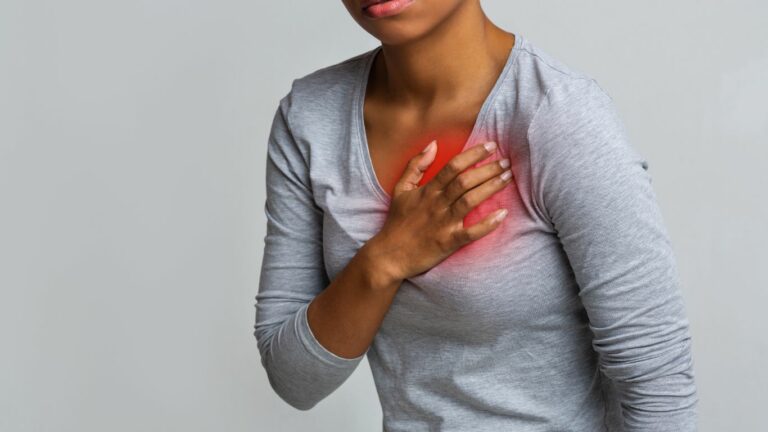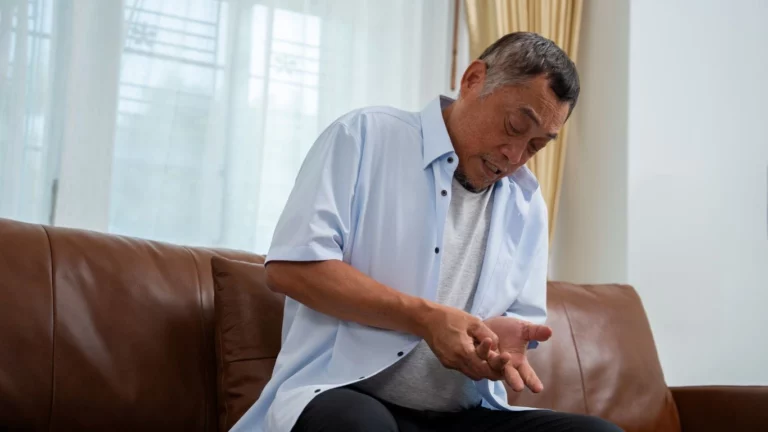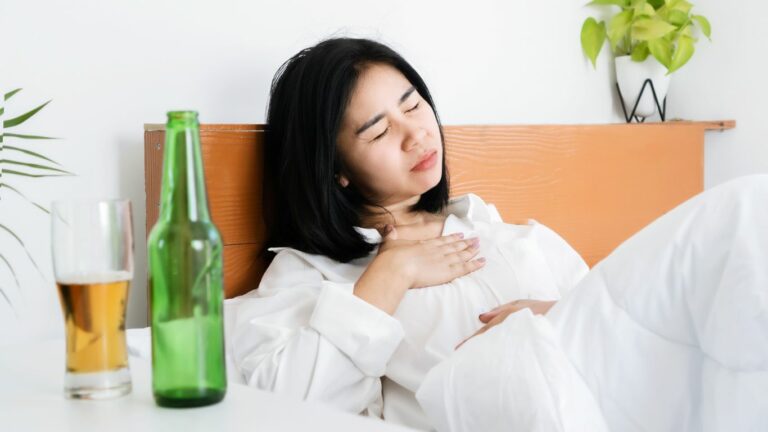Why GERD and Gas Pain After Eating Could Be Wrecking Your Day
If you’ve ever felt like your stomach was staging a full-blown protest right after a good meal, you’re not alone. In my years working as a Medical Assistant in a Gastroenterology Clinic, one of the most common complaints I hear from patients is about GERD and gas pain after eating. It’s that frustrating combo of burning in the chest, uncomfortable bloating, and feeling like food just won’t settle. I’ve seen firsthand how disruptive and painful it can be—both physically and emotionally. It’s not just about indigestion; it’s about quality of life. And trust me, there’s a lot more going on beneath the surface than just a little heartburn.
What Is GERD, Really?

Let’s break it down simply. GERD, or Gastroesophageal Reflux Disease, happens when stomach acid flows back into the esophagus. Sounds minor? Not quite. This acid reflux can cause a burning sensation in the chest, bitter taste in the mouth, and long-term damage if left untreated. It’s more than just a case of overeating or bad food choices—although those can definitely be triggers.
I remember a patient who came in thinking they had a heart issue because of the chest discomfort. Turned out, it was GERD. That just shows how intense and misleading the symptoms can be.
Why Is Gas Pain Often Tied to GERD?
Here’s something most people don’t realize: gas pain and GERD often show up hand-in-hand. Why? Because when acid reflux irritates your digestive tract, it can slow things down, causing excess gas to build up. Plus, when people eat fast or talk while eating (guilty!), they swallow air—also known as aerophagia. This, combined with poor digestion due to GERD, can create that dreaded bloated, gassy feeling.
Some of my patients describe it as a tight balloon feeling right under their ribs. Others feel sharp, stabbing pain that mimics more serious conditions. It’s uncomfortable and confusing—especially when it follows every meal.
Common Triggers of GERD and Gas Pain After Eating
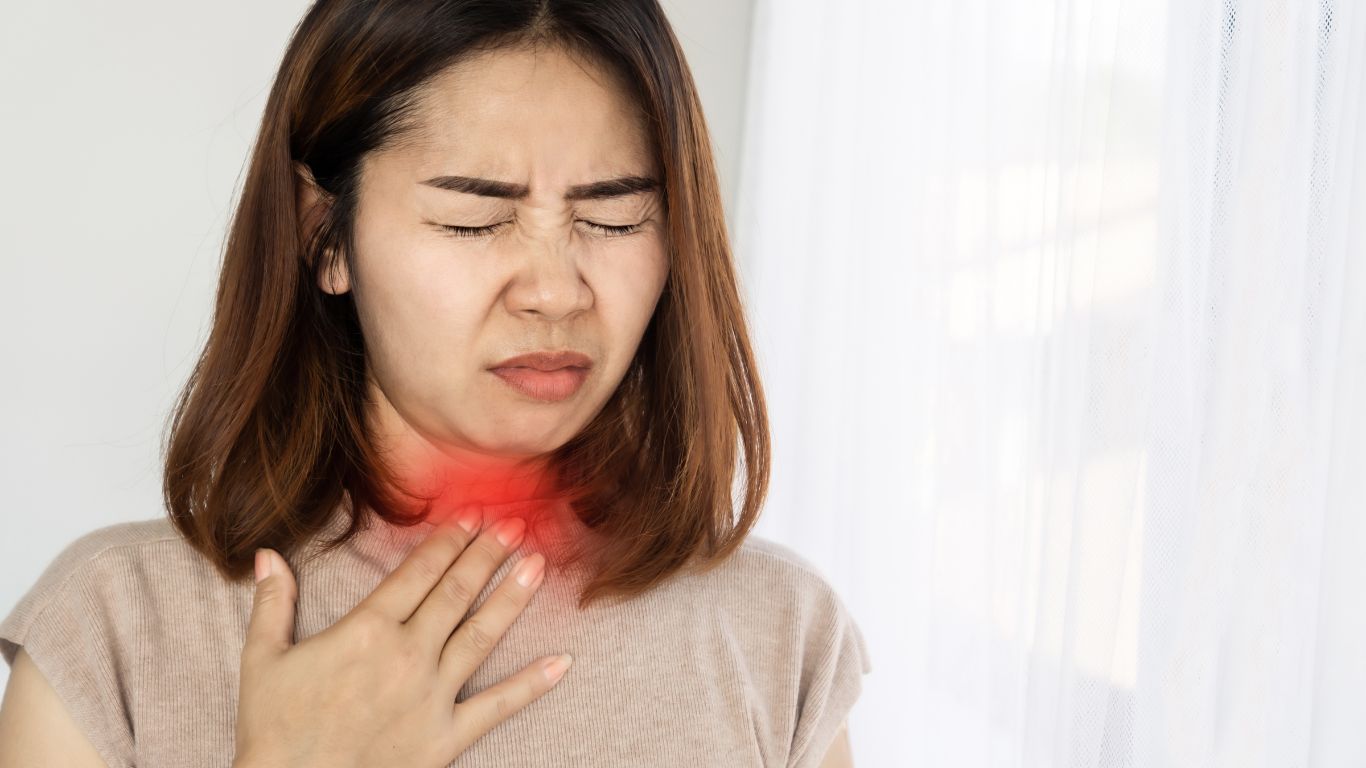
If you’re battling with GERD and gas pain after eating, knowing what sparks it is half the battle. Here’s what I’ve noticed both from clinical experience and chatting with patients day in and day out:
- Greasy, fried foods – They linger in the stomach and increase acid production.
- Carbonated drinks – Bubbles = gas. Enough said.
- Overeating – More food means more acid and pressure on your lower esophageal sphincter (LES).
- Eating too fast – Your stomach needs time to signal fullness and manage digestion properly.
- Trigger foods like chocolate, caffeine, tomatoes, citrus, and peppermint – All these can relax the LES and invite acid backflow.
One afternoon, a patient came in after scarfing down a cheeseburger and soda on a lunch break. They were doubled over from the gas and reflux, convinced something serious was wrong. Turned out, it was just the perfect storm of triggers—and unfortunately, a very common scenario.
The Role of the LES (Lower Esophageal Sphincter)
The LES is basically the gatekeeper between your stomach and esophagus. When it’s working right, it keeps stomach contents where they belong. But when it weakens or relaxes at the wrong time—hello reflux. And with that acid surge often comes bloating, trapped gas, and pain.
Think of it like a faulty door hinge. If it’s not sealing correctly, stuff’s gonna leak—and in this case, it’s stomach acid and gas. Not a fun combo.
Signs You Might Be Dealing with GERD and Gas Pain

It’s not always easy to pinpoint GERD or connect it with gas pain, but here are a few signs that often go hand in hand:
- Burning chest sensation after meals (especially when lying down)
- Frequent burping or feeling of fullness
- Stomach bloating or pressure post-eating
- Regurgitation of food or sour liquid
- Persistent cough or sore throat (from acid reflux)
From what I’ve seen, patients usually chalk up these symptoms to random indigestion. But when they happen regularly—especially together—it’s a pretty good indicator something deeper like GERD is at play. I always tell folks, listen to your gut—literally.
Everyday Habits That Make GERD and Gas Pain Worse

It’s not just about what you eat—it’s also about how you live. From what I’ve seen in the clinic, a lot of patients dealing with GERD and gas pain after eating don’t realize how much their everyday habits are making things worse. And I get it—life gets busy. Who has time to sit down for a slow meal or think about posture right after eating?
But here’s the truth: small changes make a huge difference. I had one patient who used to lie down right after dinner every night while watching TV. Once they started taking a short walk after meals instead, their reflux and bloating practically vanished.
Top Lifestyle Offenders
- Lying down after eating – Gravity isn’t your friend when your stomach’s full of acid and gas.
- Wearing tight clothing – Compression around the abdomen can trigger reflux and bloating.
- Skipping meals then overeating – Your digestive system hates playing catch-up.
- Smoking – This relaxes the LES and invites acid reflux in for a party.
- Chronic stress – It messes with digestion and increases sensitivity to pain and bloating.
Even posture during meals can be a game-changer. I always tell folks: Sit upright, chew slowly, and give your digestive system a fair shot at doing its job properly.
Smart Tips That Actually Help (From Someone Who’s Seen It All)
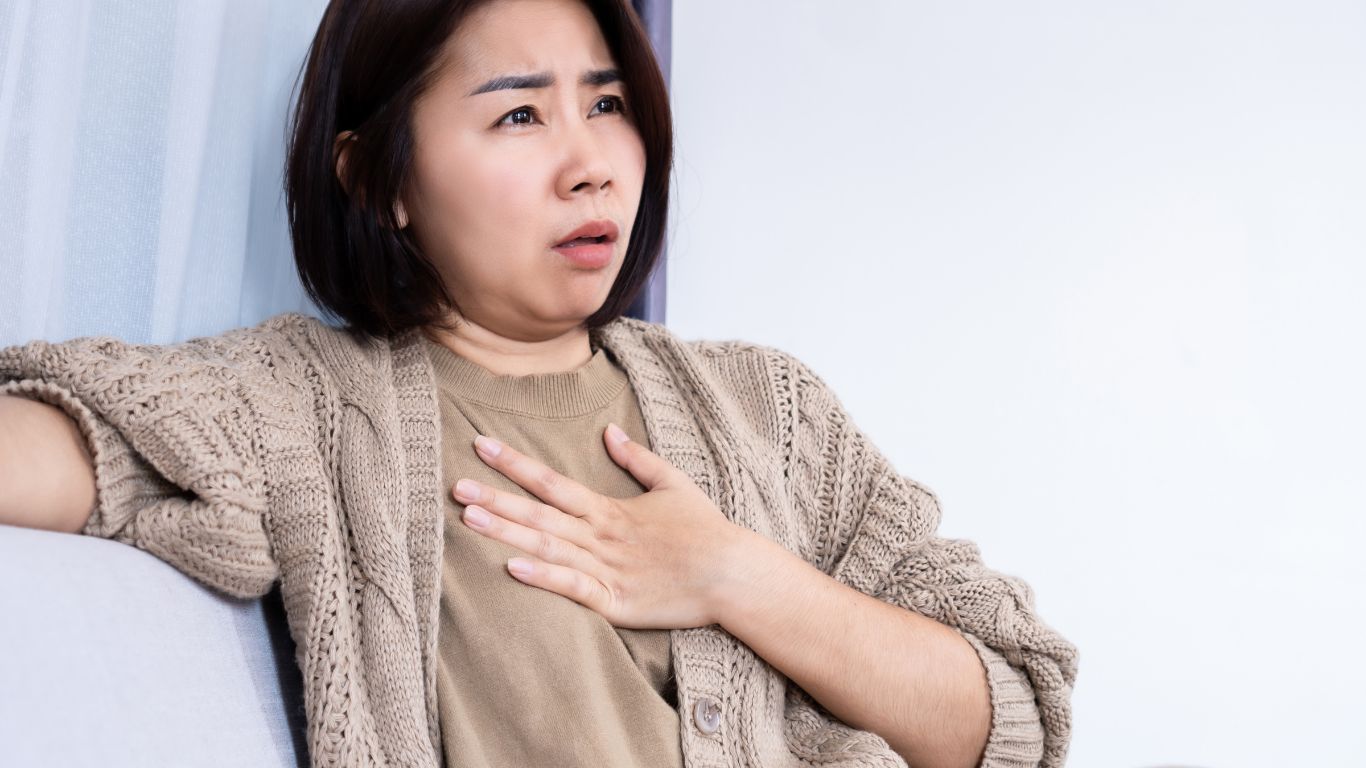
After years of helping patients navigate GERD and gas pain, I’ve picked up quite a few practical, real-life strategies that actually work. These aren’t miracle cures, but they sure make life easier—and digestion smoother.
Camellia’s Practical Relief Tips
- Smaller, more frequent meals – Think snack-sized meals rather than big, heavy plates.
- Elevate your head when sleeping – A wedge pillow or elevating the bed frame can keep acid where it belongs.
- Track your food triggers – A food diary can be eye-opening. You’ll start to notice patterns in what sets off your symptoms.
- Drink herbal teas (like ginger or chamomile) – They can soothe the digestive tract and reduce gas buildup.
- Try probiotics – A balanced gut can help reduce bloating and regulate digestion.
One of my favorite recommendations? Peppermint oil capsules—but only for gas, not reflux. They’re great for bloating and cramping, but can actually worsen reflux for some people. That’s why it’s so important to personalize treatment. What helps one person might hurt another, and that’s where experience and close observation really count.
When to Seek Help: It’s More Than Just Annoying Discomfort
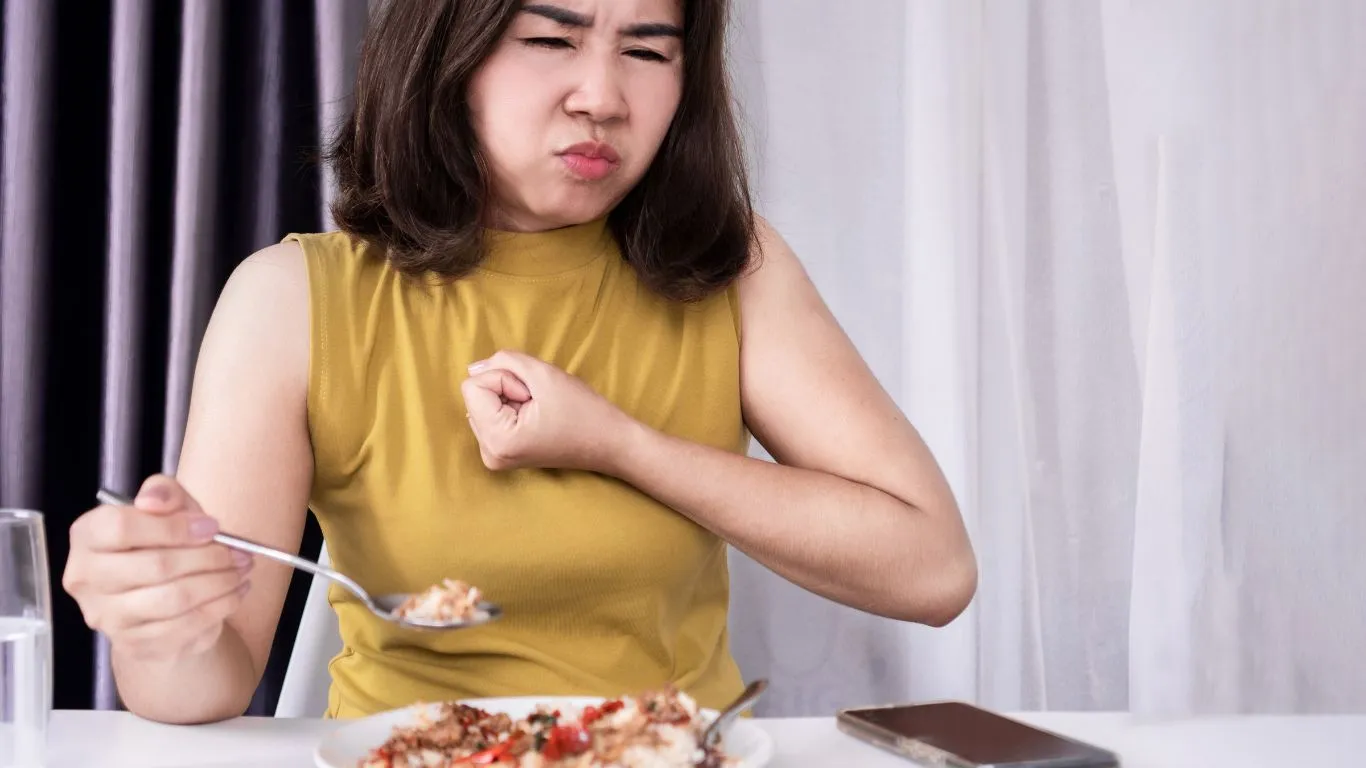
I’ve seen patients brush off their symptoms for months—sometimes even years—until it starts affecting their sleep, work, or mood. If you’re dealing with persistent GERD and gas pain after eating, don’t just chalk it up to “normal.” Your body’s trying to tell you something.
Red Flags That Mean It’s Time to Call Your GI Doc
- Unexplained weight loss
- Frequent vomiting or nausea
- Severe bloating that doesn’t go away
- Difficulty swallowing or a feeling of food getting stuck
- Heartburn more than twice a week
- Black or tarry stools (a sign of bleeding in the GI tract)
These symptoms aren’t just inconvenient—they can signal something more serious, like ulcers or esophageal damage. In the clinic, we often use endoscopy or imaging tests to get to the root of the issue. And honestly? Most people feel relieved just knowing what’s really going on.
One memorable patient told me, “I thought I was just sensitive to certain foods, but it turns out my esophagus was inflamed from untreated reflux.” With the right treatment plan in place, she felt dramatically better within a few weeks.
Talking to Your Doctor: What to Bring Up
When you do head in to see your healthcare provider, come prepared. Here’s what helps us help you:
- Detailed symptom log (what you feel, when it happens, how long it lasts)
- List of all current medications and supplements
- Food and lifestyle habits (yes, even that late-night snack habit!)
Sharing the full picture helps us tailor treatment—whether it’s diet changes, medication, or further testing. And remember, advocating for your health isn’t overreacting. It’s smart.
Effective Treatment Options for GERD and Gas Pain After Eating

Alright, let’s talk solutions—because managing GERD and gas pain after eating doesn’t have to feel like an endless uphill battle. Whether you’re dealing with occasional flare-ups or chronic symptoms, there are a bunch of approaches you can take. And the best part? A lot of them can be tailored to your specific needs, lifestyle, and comfort level.
From my time assisting in a GI clinic, I’ve seen how overwhelming it can be when you’re suddenly handed a list of medications, diet changes, and lifestyle advice all at once. Patients often ask, “Where do I even start?” My answer? Start small and stay consistent.
Medications That Actually Work
- Antacids – Quick relief for occasional heartburn. Think Tums or Rolaids, but not ideal for long-term use.
- H2 Blockers – Meds like famotidine (Pepcid) reduce acid production. Good for mild to moderate symptoms.
- Proton Pump Inhibitors (PPIs) – These are the heavy hitters (like omeprazole or pantoprazole). They block acid production more effectively and are often used for more chronic or severe GERD.
- Simethicone-based products – Great for breaking up gas bubbles and reducing bloating.
Of course, all meds come with pros and cons. That’s why it’s so important to check in with your GI doc before starting anything new, especially if you’re dealing with frequent symptoms or other health conditions.
Natural Remedies Worth Exploring
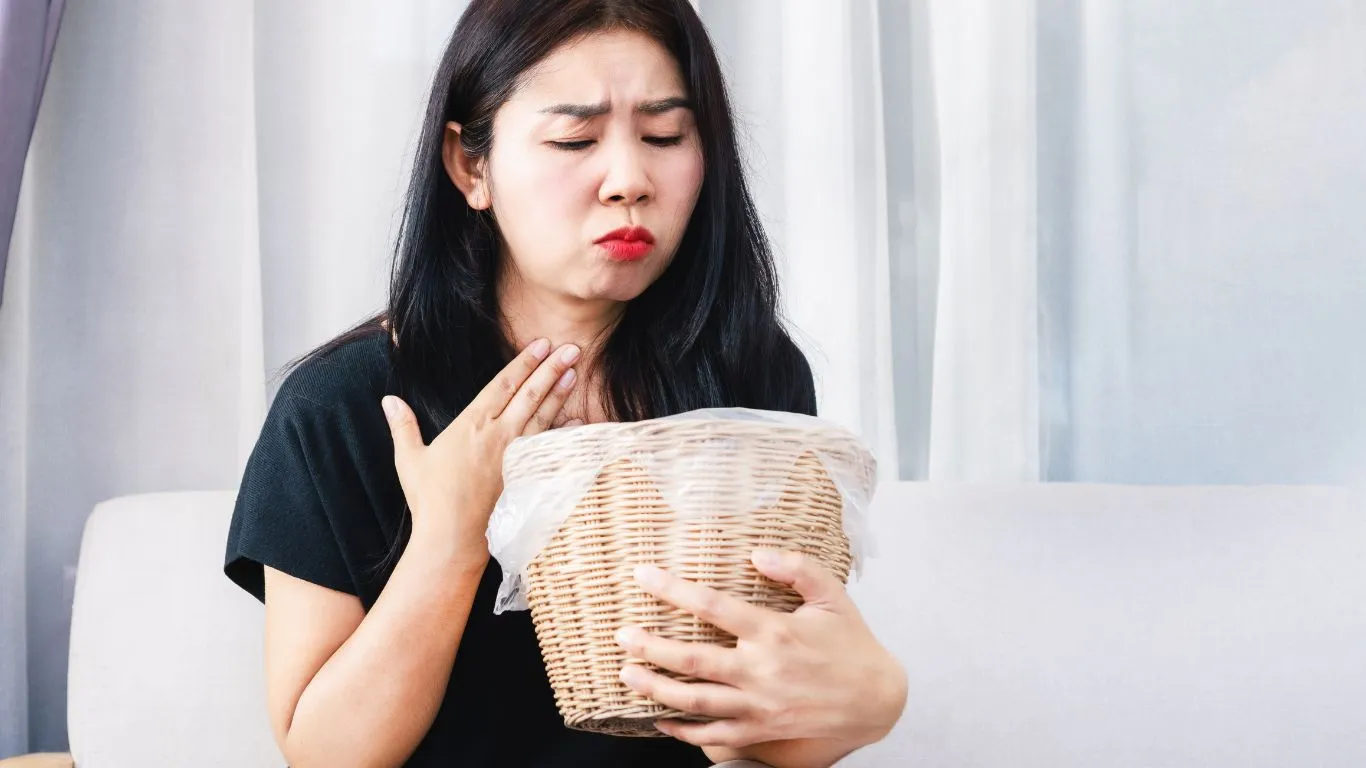
If meds aren’t your thing—or you’re just looking to complement your treatment with more natural solutions—there’s a lot you can do from your own kitchen or wellness cabinet. Again, results vary person to person, but here are a few things I’ve seen work wonders for some patients:
- Aloe vera juice (in moderation) – Helps soothe the esophagus and calm irritation.
- Ginger root – Fresh or in tea form, it supports digestion and reduces inflammation.
- Apple cider vinegar (diluted) – Some folks swear by a teaspoon before meals to help balance stomach acid. (Use with caution and only under guidance—it’s not for everyone!)
- Licorice root (DGL form) – Can help protect the stomach lining.
My personal favorite? Chamomile tea after dinner. It’s gentle, calming, and doesn’t mess with my stomach like some other options. Plus, that little evening ritual helps me wind down, which is a bonus for digestion too.
Living Well With GERD: Long-Term Mindset Shifts
One thing I always remind patients is that managing GERD and gas pain after eating isn’t about chasing a cure—it’s about building a lifestyle that keeps your symptoms in check. It takes time, some trial and error, and a whole lot of self-compassion.
Mindset Tips I’ve Picked Up Along the Way
- Be patient with your body – Healing and relief often come in layers, not overnight.
- Celebrate small wins – Didn’t feel bloated after lunch? That’s progress.
- Stay curious, not frustrated – If something doesn’t work, don’t give up. Just try a different angle.
And hey, don’t be afraid to talk about it. A lot more people deal with GERD and gut discomfort than you’d think. I’ve seen patients feel so relieved just knowing they’re not alone—and that there’s a clear path forward.
Helpful Resources & Expert Backing
When researching symptoms or treatment options, it’s super important to stick with trusted, expert-backed sources. Here are a few go-to websites I recommend to patients:
- National Institute of Diabetes and Digestive and Kidney Diseases (NIDDK)
- Mayo Clinic
- Cleveland Clinic
- American Gastroenterological Association
These sites are regularly updated, medically reviewed, and provide in-depth guidance that goes beyond the usual quick tips you’ll find in random Google searches.
Disclaimer
This article is for informational purposes only and reflects personal and professional observations. It is not a substitute for professional medical advice, diagnosis, or treatment. Always consult a qualified healthcare provider with any questions regarding your symptoms or a medical condition.

Camellia Wulansari is a dedicated Medical Assistant at a local clinic and a passionate health writer at Healthusias.com. With years of hands-on experience in patient care and a deep interest in preventive medicine, she bridges the gap between clinical knowledge and accessible health information. Camellia specializes in writing about digestive health, chronic conditions like GERD and hypertension, respiratory issues, and autoimmune diseases, aiming to empower readers with practical, easy-to-understand insights. When she’s not assisting patients or writing, you’ll find her enjoying quiet mornings with coffee and a medical journal in hand—or jamming to her favorite metal band, Lamb of God.

